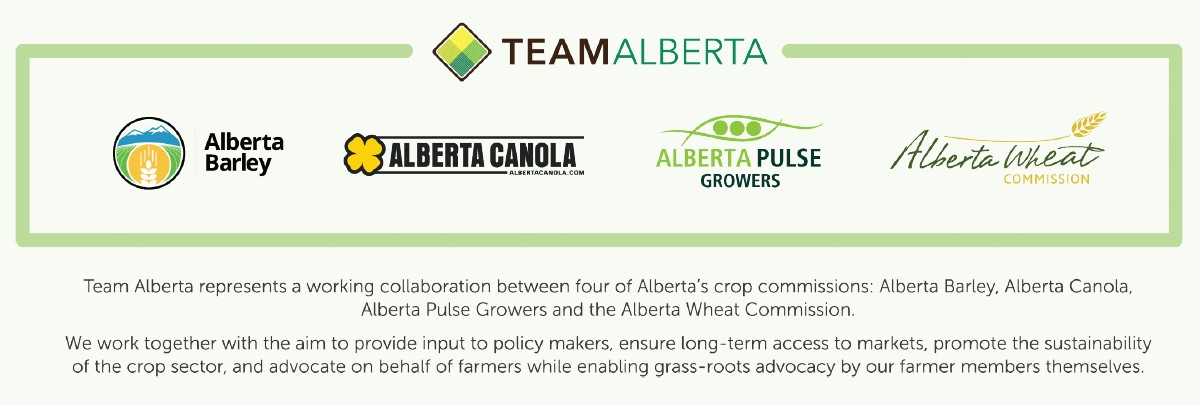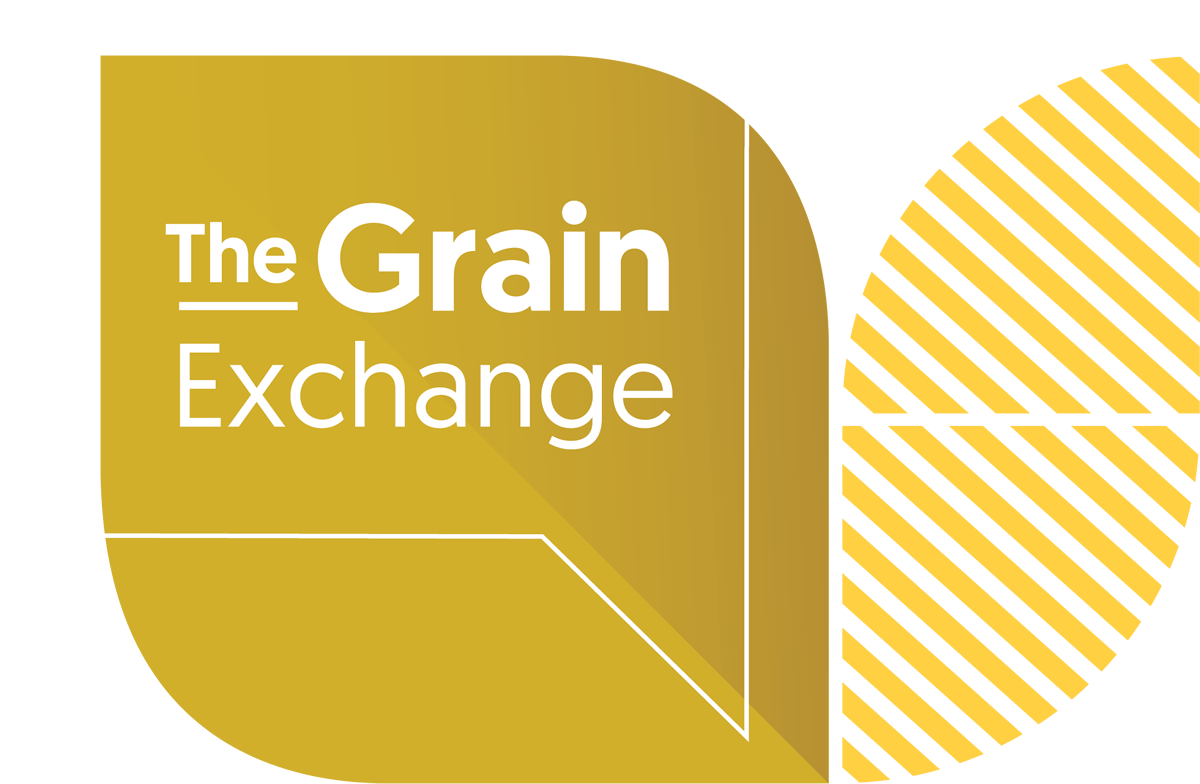Policy TRACKER
Alberta’s Economic Recovery Plan: building on agriculture’s strength to diversify the economy
Alberta’s Economic Recovery Plan recognizes the agri-food sector as an important part of Alberta’s post pandemic recovery, growth and diversification strategy. Alberta Wheat and Barley Commissions’ general manager, Tom Steve participated in the provincial agriculture and forestry sector table that contributed to the plan.
To achieve growth in agriculture, the plan focuses on core areas including: attracting investment to expand and diversify value-added processing, increasing access to key global markets and expanding infrastructure to increase primary production. The Government of Alberta made a number of new announcements within the last few months that support these priorities.
- The Government of Alberta has set a goal to increase agri-food exports to $16.6 billion by 2022, a 43 per cent increase from 2018 that totaled $11.6 billion. In September 2020, it was announced that more agricultural representatives will be sent to the province’s trade offices in U.S., Europe, Mexico and Singapore to help meet this goal.
- In October 2020, investments in irrigation infrastructure were announced between the Government of Alberta, the Infrastructure Bank of Canada and eight irrigation districts. These investments into new irrigation projects totaling $815 million will convert open canals into underground pipelines, modernize existing systems and open new reservoirs that will allow for expansion in farming areas. Additionally, $10 million has been invested in irrigation rehabilitation projects for maintenance and infrastructure improvement.
- Invest Alberta has been created as Alberta’s first crown corporation dedicated to investment attraction. They have named agriculture a key sector supporting investments in value-added processing.
Bill 47, Ensuring Safety and Cutting Red Tape Act
In November 2020, Alberta’s Minister of Labour and Immigration, Jason Copping tabled omnibus Bill 47, Ensuring Safety and Cutting Red Tape Act. The legislation will roll back changes made under the previous government to the Occupational Health and Safety Act (OHSA) and the Workers Compensation Act. For producers, these changes mean that the nine components of a health and safety system currently required under the OHSA will be moving into guidelines yet to be defined. While having basic safety programming is still an imperative part of risk management on farms, the changes will allow for more flexibility to adapt safety programs to fit the structure and needs of all farm businesses. Other positive changes have reduced time limits for disciplinary action complaints and made changes to clarifying what is determined to be dangerous work. OHSA changes are expected to come into effect on September 1, 2021. AgSafe Alberta will be monitoring the details as more information becomes available, stay tuned! For questions please contact AgSafe Alberta at info@agsafeab.ca.
Changes to Mandatory Entry Level Training for experienced Class 3 drivers
On November 26, 2020 the Government of Alberta announced two initiatives to help reduce the cost and time for Albertans to become Class 1 drivers.
The Experience and Equivalency Class 1 Mandatory Entry Level Training (MELT) program will recognize the experience and knowledge that farm workers and workers in other industries gain through work experience. The program will recognize Class 3 drivers with a minimum two years of experience and allow them to take an abbreviated MELT program, requiring 40 hours of training compared to the 113 hours required for the full Class 1 drivers MELT program. Team Alberta and other industry partners have advocated for measures to streamline the process for farm workers to obtain their Class 1 MELT licences such as eliminating barriers to cost and time associated with Class 1 licencing.
A second program, Driving Back to Work will cover up to 90 per cent of the costs associated with obtaining a Class 1 commercial truck license for unemployed Albertans. This program aims to help Albertans pursue a career in the commercial trucking industry while also working to fill an expected shortage of 3,600 commercial truck drivers by 2023.
More information on the program and applications is available on the Government of Canada’s website.
Proposed Tank Mixing Regulatory Changes
The Pest Management Regulatory Agency (PMRA) of Health Canada has released a regulatory proposal related to tank mixing that would see tank mixes without explicit labelling regarding allowable mixes become illegal for use without updated labelling registered through the PMRA. This would reverse the guidance provided by the PMRA in 2009 that allowed for the use of unlabeled tank mixing of pest control products, within the registered use pattern for each tank mix partner. The Alberta Wheat and Barley Commissions have worked together with the Canada Grains Council and other organizations across the country to put forth a submission within the PMRA consultation period on this proposal to illustrate the impact
on farmers. In November, the commissions had two meetings with the PMRA to advocate for retention of the 2009 guidelines. Our first objective was advocating to keep Alberta in alignment with the other jurisdictions, while the second was to stress the importance of a long implementation period if changes are going to occur. This long implementation period
is necessary to help ensure tank mixes regularly used on wheat and barley crops are not held-up in the relabeling process. The commissions continue to carefully monitor this issue and address ongoing concerns. The joint submission letter to the PMRA is available to view online at albertawheatbarley.com.


